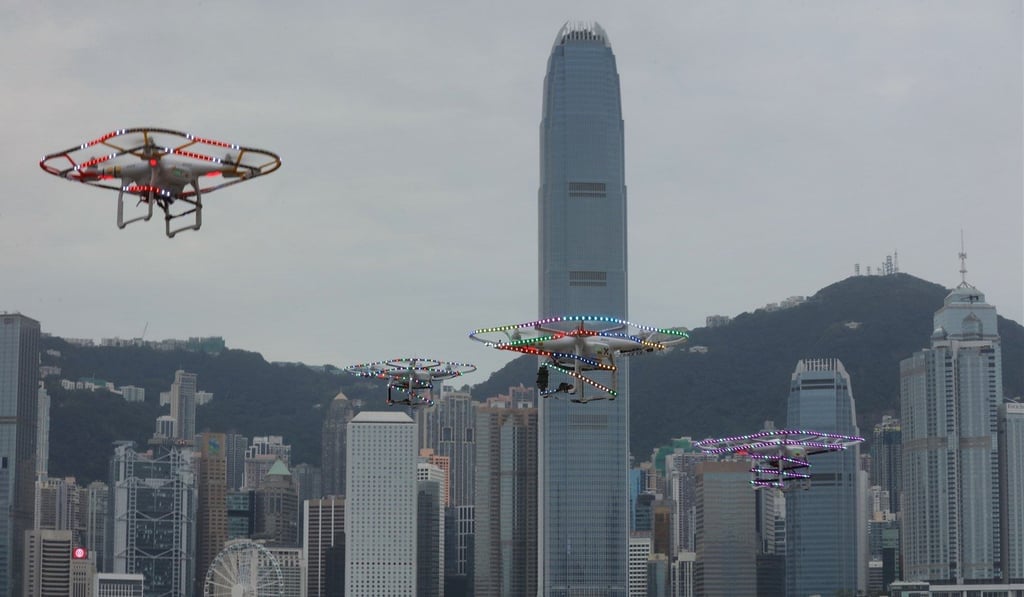From Hollywood to airbases and backyards: why 2018 will be the year of the drone
Advances in technology, combined with sensible and easily enforced regulations, set the stage for a boom in pilotless aircraft


So, what is a drone? Most simply put, it is a pilotless aircraft. If you like acronyms, you might call it a UAV or a UAS, but whatever you call it, the drone has been in use for more than 100 years. The first time drones were used in large numbers was in 1944, when the Germans hit on the charming idea of launching large numbers of V-1 flying bombs at the British mainland. They were about the size of a small plane and had a jet engine, but could not be steered. My father saw one, its underside painted light green. It flew over his house on Leswin Road in London, glided silently over the next two streets and crashed on the third.

Drones to love
Drones are now used by armed forces in greater numbers than ever before, as well as by Asian spy agencies like India’s RAW (this is one of the few areas where India has the upper hand on China), but civilian use is even more widespread. Many pioneering companies and individuals use drones to supplement their business processes. These include inspection services (of monuments, pylons and power cables, oil rigs, solar farms, etc), media, journalism, fire and rescue, law enforcement, crop-spraying, bomb detection, flood monitoring, wildlife watching and cinematography, map surveys and anything else you can think of. You do not need to be a company or organisation to own a sophisticated drone: individual enthusiasts can buy a very capable observation drone like a DJI Phantom 4 for as little as US$2,000 (HK$15,600).